|
Well, this sweater has been on my "want to knit" list for quite a while, and it wasn't even really on my radar for February projects. And here it is, all finished and wearable and cozy. So much for planning! I was getting ready to meet up with my mom in Denver, and feeling a little out of sorts about my wardrobe options, when I came down with what I lovingly call "Easter Sunday Syndrome." My mom, an incredible sewist, always had to have a new dress to wear for Easter, Christmas, and other big events. And, like any good procrastinator, she often started the project a little late, and would be putting the finishing touches on her new garment as the rest of us were ready to walk out the door. I always thought it a little silly when I was a kid- why not wear a perfectly good outfit you already have instead of stressing out so much? Of course, such a thought is a wicked invitation for karma to turn the tables on me. The Sunday afternoon before my trip, I found myself between projects. Waiting on freshly dyed yarn to dry, without the time to dye more, and not wanting to do anything on my actual to-do list, I pulled out this yarn from my stash. I've had this sweater in my mind for ages, and figured it would be a good practice project for my knitting machine. I started with Melissa Leapman's new book, 6,000+ Pullover Possibilities. I faithfully took my measurements, swatched, and figured out the pattern. Over the next few days, I made each piece of the sweater. A couple of days before my trip, I seamed the sweater. I was in good shape. All I would have to do was knit the edgings, and I'd have a brand new sweater to wear. Then I tried it on. It was huge. As I'd steamed the pattern pieces, I'd thought, am I really that big around? The answer, it turns out, is a resounding no. The sweater had completely left the realm of flattering positive ease, and was positively sacklike. And of course, that natural camel color didn't help. The only thing to do was rip it out. I re-skeined the yarn, and steamed it on the swift. Then it was back to square one. This time, I used my actual body measurements in combination with my gauge swatch, plus the measurements from an existing sweater. And, more than a little frustrated by the first book, I turned to Sally Melville's Knitting Pattern Essentials to fill in a few gaps. The second version ended up taking a whole couple of skeins less than the first, and looked much closer to what I expected when I finally laid them out on the blocking mats. So instead of packing a finished sweater, I was packing freshly-blocked sweater pieces to take with me (after staying up late and waking up early in the race to the finish). At least I had eight hours on the train instead of driving. By the time I got off the train, I was almost done with the ribbing on one sleeve, and picked the sweater up every now and then over the next week. I'd toyed with the idea of doing brioche or some fancy cables at the cowlneck, but as I got started on it, I was away from my library of stitch dictionaries, and ended up with plain old 1x1 ribbing. Which is just as well, since I've always thought of this sweater in my mind as a super-basic piece. Which is what I have now, just a little bit later than I'd originally planned! Above is the original sweater I was trying to imitate - a cashmere sweater I bought on sale in college that was mysteriously sized as "one size fits all." It did, in fact, fit me, and I still wear it, though it's a lot tighter around my middle bits than it used to be. For the camel version, I opted for waist shaping - a little wider at the hips than at the bust, since that's how I'm shaped - and for the back neck to come up a little higher. I'd intended for the camel version to be longer on me than the original, and so I was a bit surprised when I laid one on top of the other. The camel version is actually an inch shorter! The armholes are a bit deeper, and I suspect that I feel like the pink cashmere sweater is too short because it's getting stretched out around my tummy. This camel sweater is really all about the yarn, and what yarn it is! I used 6 skeins of "Clever Camel," a 100% baby camel yarn. I originally bought it in April of 2016, spurred on by Karen Templer's Channel Cardigan and the promise of 10% off. I bought 10 skeins, thinking the Channel Cardigan or something like it would be luscious, but I'd just finished spinning the yarn for a Corriedale cardigan, and the colors were just too close. I knew I didn't need (or particularly want) two very similarly colored cardigans, so I came up with the idea for a knockoff of my beloved pink cashmere cowlneck tee. I dutifully made a couple of different swatches, and was amazed by how versatile this yarn is. It looked great at several different gauges, and all were still lusciously soft and pliable. Plus, I carried one of the swatches around with me for several days, subjecting it to all kinds of abrasion, and it wore like a champ. Just the slightest halo and no pills. Part of this magic is because the yarn is composed of 6 plies, which any spinner will tell you helps to reduce pilling. Of course, the journey from swatch to sweater is filled with many twists and turns, and my initial attempts at this sweater were less than exciting. So really the yarn has been sitting in my stash waiting to become something for at least a year and a half now. When the thought occurred to me that it would make great practice for the knitting machine, I felt a little sacrilegious. I spent all that money on this soft and smooshy yarn - shouldn't I spend lots of time knitting with it by hand, feeling that sweet baby camel hair slip through my fingers? In the end, I decided it was worse for the yarn to keep sitting in the stash, and that I'd get plenty of time enjoying the yarn when it was made up into a sweater that I could actually wear. Ironically, the 6 plies that make this yarn fabulous for its anti-pilling properties made it a little bit of a challenge to knit on the knitting machine. There are a couple of snags where stitches split that I need to go back and repair. But overall, I'm thrilled to add this sweater to my wardrobe, and I'm looking forward to more adventures with my knitting machine. xx,
Pamela When I was a new knitter, I would have gasped if you told me to cut apart my knitting. No way, no ma'am. I distinctly remember a red Aran sweater my mother had - full of bobbles, cables, and knit at such a tight gauge it makes my fingers hurt just thinking about it. But she never wore it because it was too big on her. So she cut it apart and incorporated parts of the sweater into a lovely fitted jacket. I was shocked. Won't it unravel? Who would cut into a knitted garment that someone had clearly spent so much time on? The truth is, that while knitting does unravel, there are lots of ways to cut knitted fabric. Steeking is perhaps my favorite and most-used method, and this sweater does indeed have a steek running down the front. Some design and fit issues left me less than thrilled with the finished product. That's the thing about experiments - they don't always work. My problems with this sweater were:
I'd already woven in lots of ends, which makes unraveling difficult. Plus, the yarns (mostly handspun Icelandic thel and Shetland Spindrift) don't unravel so easily. Which makes them great for steeking, but not for correcting my mistakes. So I decided to try something I haven't tried before. I cut the yoke right off, and picked up the live stitches onto my knitting needles, and the sweater is ready for yoke attempt #2. It was easier than I could have imagined. Some tips:
It's also possible to do it the other way - say I had knit the sweater top-down and wanted to replace only the yoke. I'd cut just like I did, but then I'd need to graft the new yoke to the old one. This sometimes leaves a bit of a line, but it's definitely doable. I'd hoped that the end of January would mean that I have a new sweater to wear, but ultimately I want a sweater that is actually wearable, and that I like, so I'm willing to have it take more time. xx,
Pamela This Slow Fashion October, I’ve made a commitment to a different kind of closet: instead of focusing on my clothes, this year I’m focusing on my linen closet. I realized that I’m not terribly interested in my clothes this year, but that I am intrigued by textiles, sustainability, and making the most of the textiles already on this earth, especially the ones under my own roof. It’s slowly dawned on me that I’m not doing too much good when I donate my old clothes and worn out bath towels to secondhand stores. The first time I realized no one wanted my clothes was when I was (humiliatingly) turned down for selling my clothes and shoes to a consignment store. All the clothes were too “last season” or too worn for them to take, they said. It’s true, I do often wear my clothes until they can’t be worn anymore, but these were nice clothes and shoes being turned down. If my best is still not good enough for someone else to buy, then what? The fantastic article “No One Wants Your Old Clothes” gives a more thorough explanation of why thrift stores aren’t the solution for our old clothes. So what does this have to do with my linen closet? Well, blankets and towels and curtains and sheets are textiles too. When they’re sent to thrift stores or landfills, the same economic and environmental issues apply. Lately, I’ve felt the “holes” in my linen closet. My towels are starting to look shabby. I have exactly zero bath mats. The blankets for our guest bed clash with the paint scheme of our new rental house. Basically, I’m ready for a linen closet overhaul, and I want to do it as ethically and sustainably as I can. Not too confident in my sewing skills or what to do with old duvet covers, I started with my yarn stash, weaving some dish towels for my kitchen. I have a stack of dish towels, but none of them match each other or anything else in my kitchen. And, since I’ve used them to wipe up spills of all kinds for the last six years, they’re stained and ratty. I wove a test piece that I thought would make two dish towels, but it’s only enough for one with some waste. Plus, I didn’t make it easy for myself to hem the cloth. It’s a waffle weave that is quite thick and textured and will make a very bulky hem. So instead of making dish towels out of the test piece, I’ll make a reusable grocery bag. Next up, I corrected my error with the first set of towels by weaving a plain weave hem for the next three towels. These are currently awaiting finishing, and I’m excited for fresh new dish towels that actually match my kitchen. At the end of the warp, I wanted to try an experiment. For all you non-weavers, the end of the warp is where weavers try out new ideas and techniques. I took a bath towel we bought this summer, but that I never liked much. I cut it into 1-inch strips and wove it into the fluffiest rag rug ever. So, from an 8-yard warp, yarn already in my stash, and an old, unwanted bath towel, I’m getting three new dish towels, a new reusable shopping tote, and a rug. I have to say, I’m most excited about the rug. It turned a towel I didn’t much care for into an object I can use and that I actually like. I’m so excited about it that I’m dying to make more. After all, I still need bathmats for my new house. But. Before I cut up all the old textiles I don’t like anymore, I’m testing out my new rug. Is it durable enough to withstand wear and tear in a high-traffic area of my home? Does it wash well? Are there any techniques I could use in the weaving next time to improve its durability? This approach, this mindfulness, is what Slow Fashion October is all about. Getting caught up in excitement is, well, exciting. But it’s not always the most productive behavior for me. It’s easy to get off-track and create more waste than I intended, and I’m working to curb that. By slowing down, I get a clearer picture of what it is that I really want. And since it’s so easy to end up with something that’s “just okay” when I hurry the decision, I’m enjoying this change, even if it means going without the things I want for just a little longer than I’m used to. xx,
Pamela Things may have been quiet around here for a long while, but I've been keeping busy in the fiber realm. In case of future radio silence, you can pretty much always find me on Instagram, where I manage to be pretty involved. Somehow, I feel like posts on this platform need to say more, and it can be difficult to work up to more than a short blurb. Life around here got pretty interesting, pretty fast. Mike (DH) has been trying to get me to quit my job for ages, so that we can both work full time on our business. But I've resisted for a long time because I like the routine of going to work, and the social interaction with my co-workers. I've worked from home before, and it hasn't always afforded me as much structure as I'd like. Well, the structure these days is pretty different than anything I'd ever imagined. With the income from our business, we were able to pay off my student loans from law school, buy an RV, and we've both left our steady jobs in good industries. And now, we're on nothing less than a 3 month RV vacation through Idaho, Oregon, Washington, Canada, Wyoming, Montana, and Colorado. We packed up our entire house, which was a reminder to me that I need to be ever more conscious of the things I buy - there was just an overwhelming amount of stuff. Most of it went into storage, and the essentials went into our RV. Remember Slow Fashion October? Well now my closet is literally what can fit on 20 hangers, four small drawers, and a couple of jackets. It will be interesting living with so much less stuff, particularly clothing. Luckily, I was able to pack a good chunk of my stash and my spinning wheel. So the fibery goodness will certainly continue! (And as I type this, I'm sitting outside a yarn shop in eastern Oregon, waiting for it to open.) Naturally, I had grand plans about all the different kinds of knitting projects I would do on this trip, but of course they've all been derailed - for now. I'm working on actually finishing a project that's been in progress for more than two years - a log-cabin style blanket made out of Noro's Silk Garden Sock yarn. (A good tutorial on how to do it can be found here.) The original plan when I started the project was to make a king-sized blanket. But when I unearthed the squares while packing up the house, I realized I had almost enough to make a blanket for the double bed in our travel trailer. These last few weeks, I've been joining together squares and creating borders to make the blanket a little bigger. Naturally, I'm getting to the stage where things get cumbersome, but hopefully we'll have a nice cozy blanket soon - sometimes the nights get chilly! xx,
Pamela
This week Slow Fashion October is all about small: the handmade, living with less, quality over quantity, capsule wardrobes, indie fashion, small-batch makers, and sustainability. Some of these things, like sustainability, are at the top of mind for me. Others, like the idea of a capsule wardrobe, are a struggle. But that’s what this is about – it’s a challenge to think differently about clothing.
I’ve thought (andwritten) a lot about living with less – about why I want a smaller yarn stash, about how it’s sometimes difficult to downsize. Ultimately, I think it’s really about sustainability and wasting less. It’s tempting to think of sustainability and wasting less as the same thing. Certainly, they are closely related but they have some subtle (and important) differences. The word “sustainable” gets thrown around a lot these days as a marketing tool. Whether or not a product is totally sustainable, if even a part of the design, manufacturing, or shipping process is sustainable, the whole product gets the label. It’s definitely great to support small changes towards true sustainability, but it’s also easy to let marketers delude us into a false sense of what it is we are really consuming. Wasting less seems to imply minimalist living, but again, this doesn’t tell the whole story. It can also be about choosing to purchase things that won’t be wasted or thrown away, about buying things with less packaging, about finding useful applications for the leftovers that might otherwise get thrown away. I’ve managed to achieve a place in my life where I can make meaningful choices about both sustainability and wasting less. For me, sustainability is all about buying materials that were consciously produced – local or organic where possible, or at the very least by a company that is environmentally minded (and treats its employees well). Wasting less is all about finding new ways to use things – unraveling a failed project instead of throwing it away, using up scraps, and finding new life for worn out rags.
There’s a great conversation over onBristol Ivy’s Instagram page (look for the post where she’s resting her hand on her chin) about sustainability and the economic disparities of slow fashion. Not everyone can afford small-batch, hand-dyed, ecologically sustainable materials. For much of my crafting career, I couldn’t afford those things. Only recently did I find out what a wonderful fiber community I have right in my backyard – where I can purchase good local wool to spin at a very good price.
I could spend hundreds of dollars on sustainable yarn to make a sweater, or I could do it the slow way and buy about $30-40 worth of roving, spin the yarn, and make the sweater. It’s not as easy. It’s not as fast. But it gives me more time to enjoy my hobbies of spinning and knitting. Not everything in my life is sustainable, and I’m not always good at wasting less. But they’re both at the top of my mind, and something I’m constantly working toward. In many ways, wasting less is a great way to start towards sustainability, and for a fraction of the price. My stashbusting sweater was all about wasting less, and even though I ended up with as much yarn as I started with, it was a way to explore a new way to use leftovers. And my leftover yarn from the stashbusting sweater became a pair of striped knitted shorts. And when those didn’t fit, they got felted to make a bag. The scraps leftover from the bag will get put aside to make stuffing for a plushie or pincushion. The part of sustainability and wasting less that I love is the challenge. Doing something challenging instead of taking the easy way out is so satisfying. The challenge is where we grow. And that’s what keeps me at it.
Loved this story? Be sure to sign up below for Fiber Sprite Updates only available through email!
|
Archives
January 2024
Categories
All
This website uses marketing and tracking technologies. Opting out of this will opt you out of all cookies, except for those needed to run the website. Note that some products may not work as well without tracking cookies. Opt Out of Cookies |
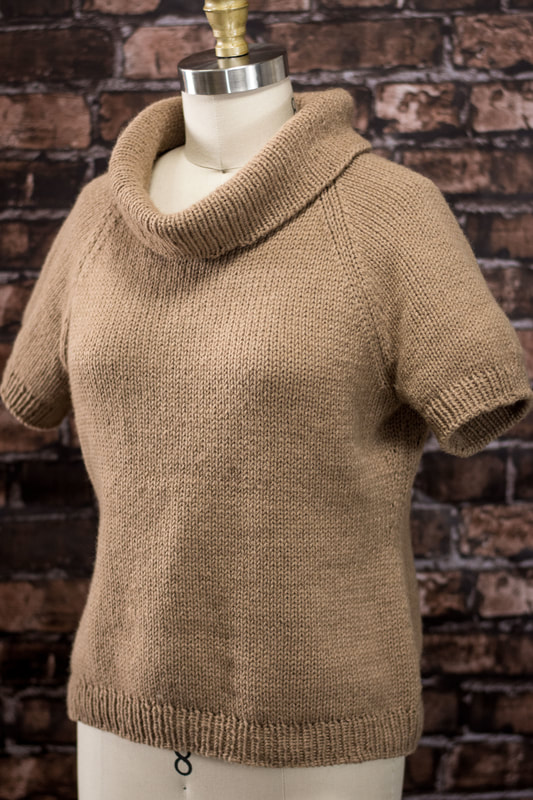
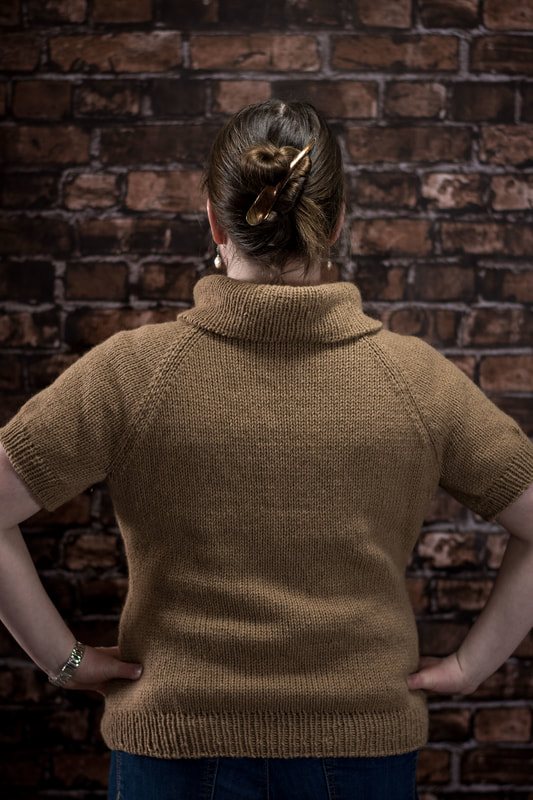
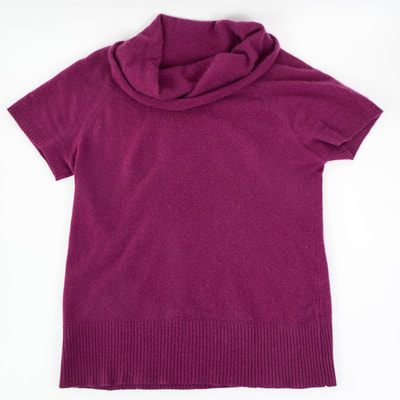
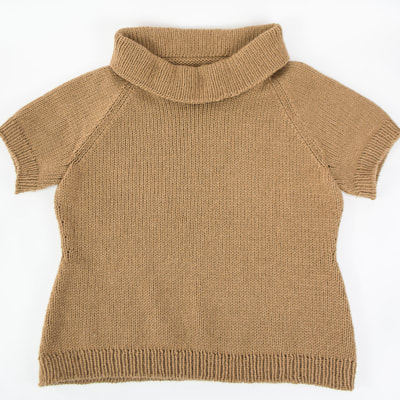
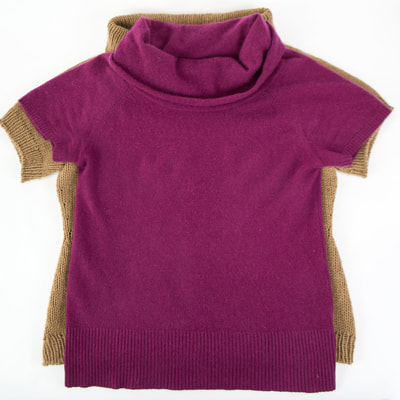
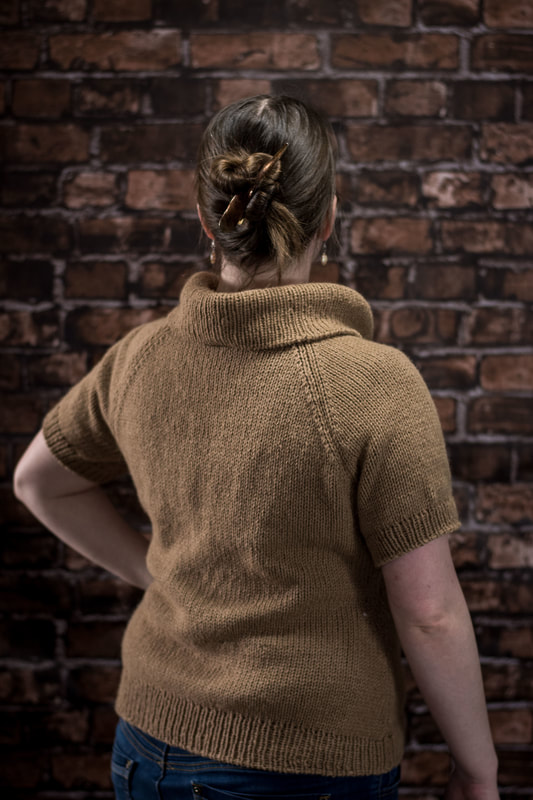
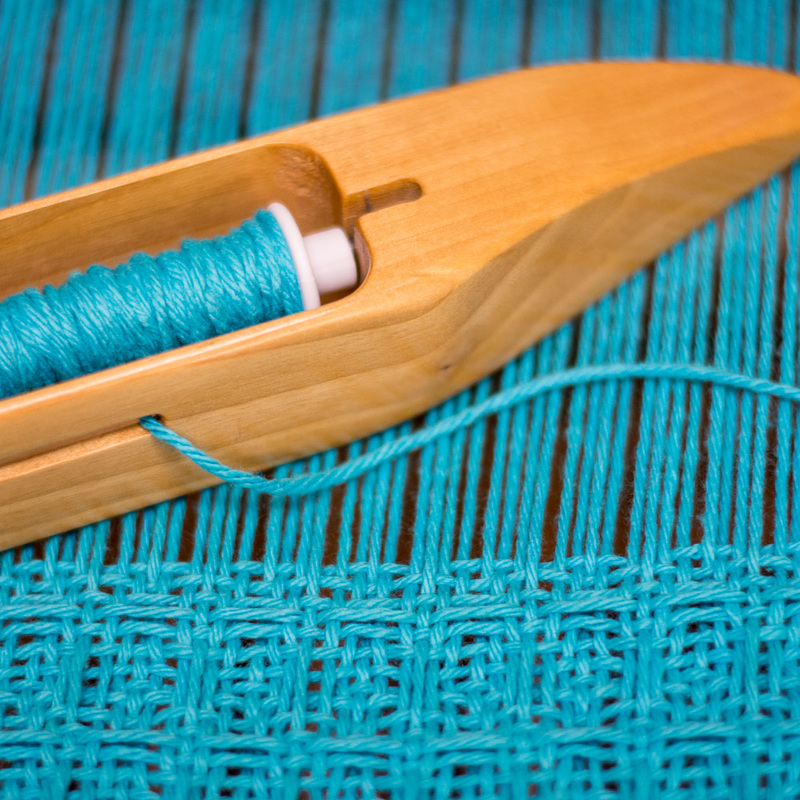

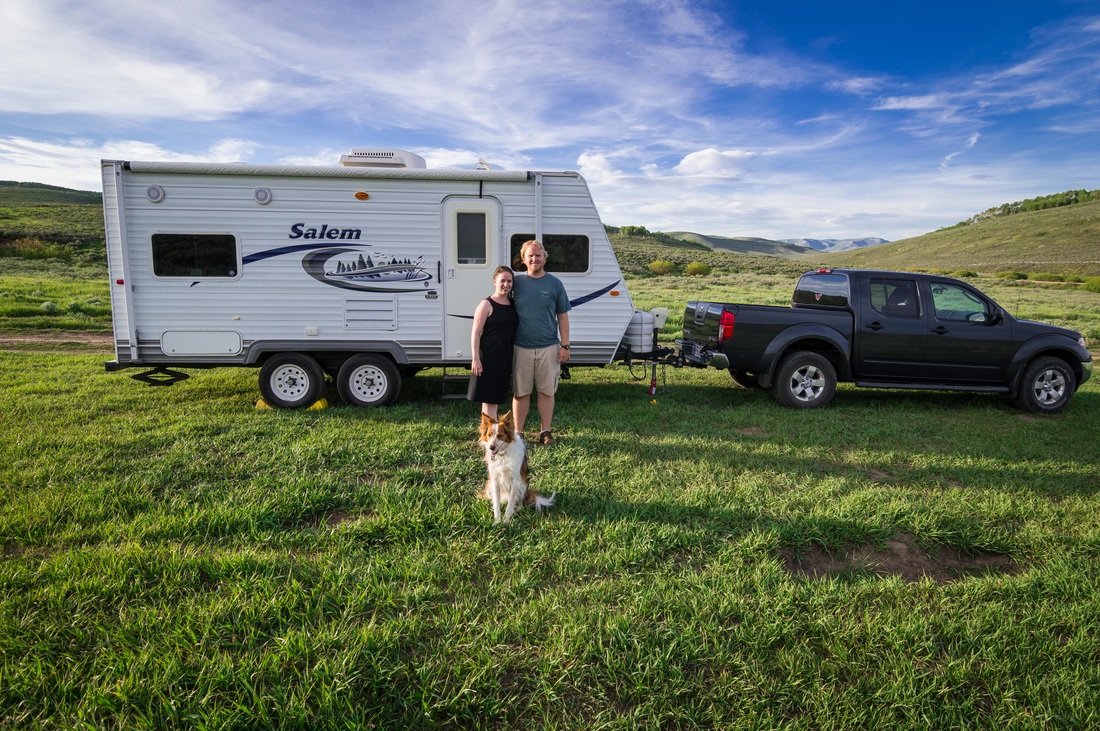
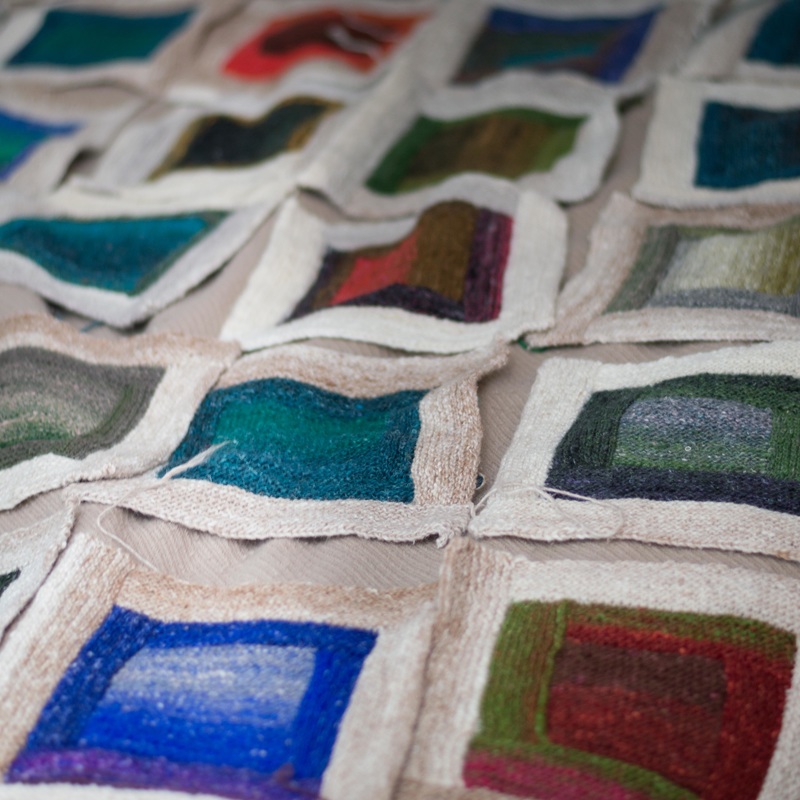

 RSS Feed
RSS Feed